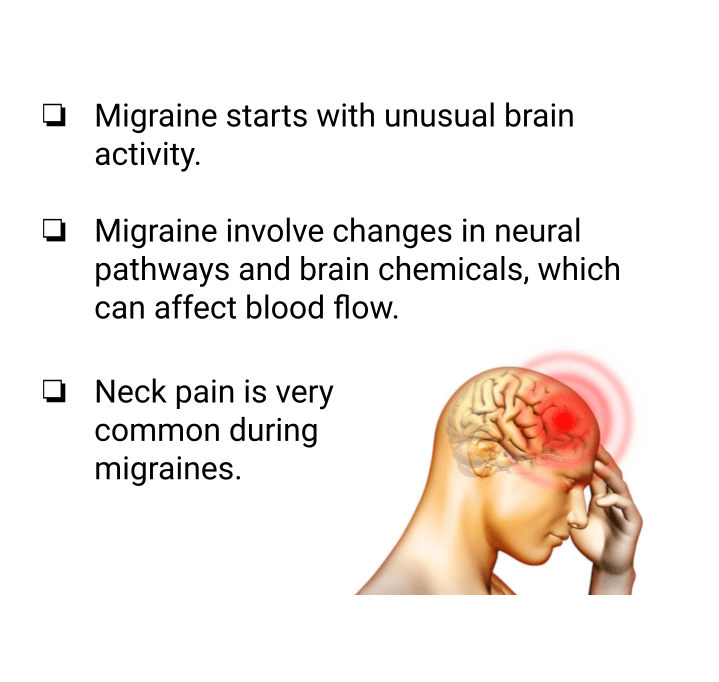In any situation involving a significant impact to the body such as car accidents, sports injuries, falls, bump to the head and so on, the forces from the impact transfer to the skeletal frame. During a car accident, the head and neck rapidly accelerate and decelerate causing a significant amount of force on the upper neck. Even if the damage to the vehicle is minimal, the body absorbs those forces from the impact.

In situations when there’s a direct blow to the head, a concussion should be suspected. Studies say that it takes approximately 60 G’s of force to cause a true concussion (mTBI), while it only takes about 4.5 G’s of force to injure the upper cervical spine. If you injured your brain, you have most likely injured your neck. Unless the head and neck alignment is properly evaluated, some parts of the body will not be able to communicate efficiently with the brain, which can translate into a myriad of different health problems.
Some of the health problems that frequently develop after an impact are:
- Headache
- Pounding in the head
- Confusion or a feeling like you are in a fog
- Neck and shoulder pain
- Tingling & burning sensations in the arms/legs
- Blurred vision
- Vestibular dysfunction
- Tinnitus
- Nausea and vomiting
- Loss of balance
- Vertigo
- Sensitivity to light and noise
It requires a comprehensive understanding of the upper cervical misalignment pattern. The focus of upper cervical care is restore the integrity of the nervous system by precisely aligning the head and neck spine. By maintaining the proper alignment, it naturally improves the health and stability of the entire spine.




